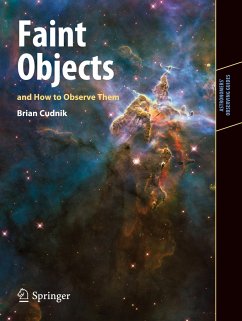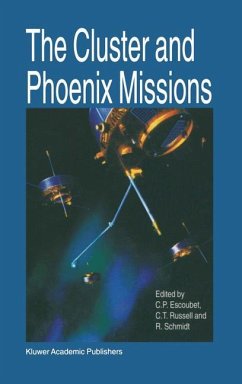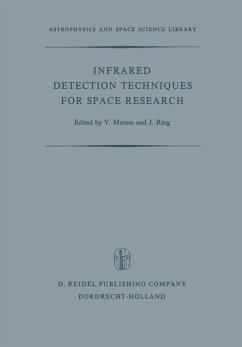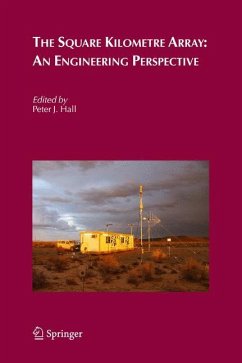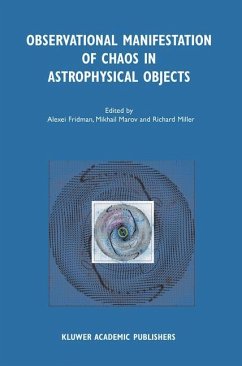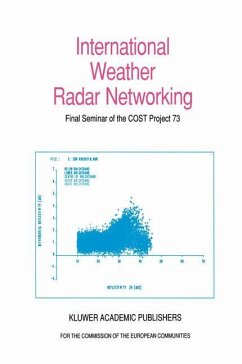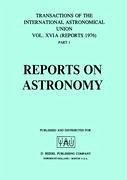
Detection and Spectrometry of Faint Light
Versandkostenfrei!
Versandfertig in 1-2 Wochen
115,99 €
inkl. MwSt.

PAYBACK Punkte
58 °P sammeln!
The aim of this book is to bridge the gap between the pure instrumental physicist and the user of detectors and spectrometers. The essential parameters describing the performance of these devices are identified and the designs of a wide variety of practical instruments are illustrated working on topical problems. The author has spent 14 years designing and applying spectrometers in the visible and near infra-red domains predominantly to investigate gaseous nebulae. Most recently he has designed for instance a large (15 x IS-in.) Ha interference filter for the SRC, 48-in. Schmidt camera, insect...
The aim of this book is to bridge the gap between the pure instrumental physicist and the user of detectors and spectrometers. The essential parameters describing the performance of these devices are identified and the designs of a wide variety of practical instruments are illustrated working on topical problems. The author has spent 14 years designing and applying spectrometers in the visible and near infra-red domains predominantly to investigate gaseous nebulae. Most recently he has designed for instance a large (15 x IS-in.) Ha interference filter for the SRC, 48-in. Schmidt camera, insect-eye Fabry-Perot spectrographs, image tube filter cameras, a SISAM monochromator, a three-beam Fabry-Perot monochromator (collaboratively) for the ISO-in. Anglo-Australian telescope and a two-etalon PEPSIOS type monochromator. Consequently emphasis in this book is placed on devices useful from the ultra-violet to the infra-red. Likewise many of the illustrations are drawn from astronomy. However most of the ideas that are presented invariably have applications in other branches of science and wavelength domains.





